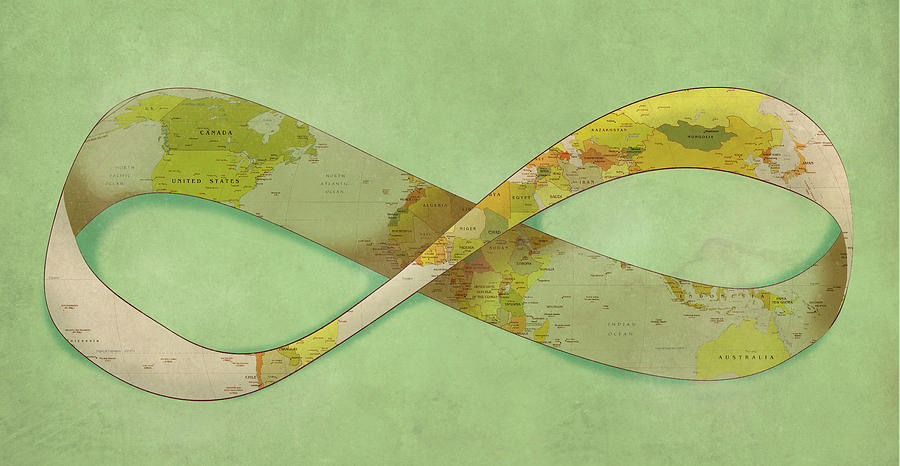Did Ramanujan invent infinity – In the popular 2015 Hollywood movie “The Man Who Knew Infinity” about the Indian mathematician Srinivasa Ramanujan – It was called so because of Ramanujan’s love for mathematics had no boundaries. He gave the whole mathematics fraternity a new dimension and left behind useful conclusions which are being used as a base for new findings.
Embark on a journey through the enigmatic world of mathematics with “Did Ramanujan Invent Infinity?” – a revolutionary product that delves into the profound legacy of the mathematical genius, Srinivasa Ramanujan. This intriguing exploration transcends conventional boundaries, inviting both enthusiasts and novices alike to unravel the mysteries of infinity.
Ramanujan, a self-taught mathematician from India, left an indelible mark on the mathematical landscape in the early 20th century. His groundbreaking contributions to number theory and infinite series continue to baffle and inspire scholars to this day. This product serves as a key to unlock the secrets behind Ramanujan’s unparalleled insights into infinity.
Designed for both educators and curious minds seeking a deeper understanding of the infinite, this product seamlessly weaves together historical narratives, visual aids, and interactive elements to demystify complex mathematical concepts. Users can expect to be captivated by the story of Ramanujan’s life, his unorthodox methods, and the profound impact of his work on the very fabric of mathematics.
Through engaging multimedia content, “Did Ramanujan Invent Infinity?” transforms abstract mathematical theories into a captivating and accessible learning experience. The product’s interactive features encourage users to actively participate in exploring the intricacies of infinite series, prompting a newfound appreciation for the beauty and depth of mathematical exploration.




